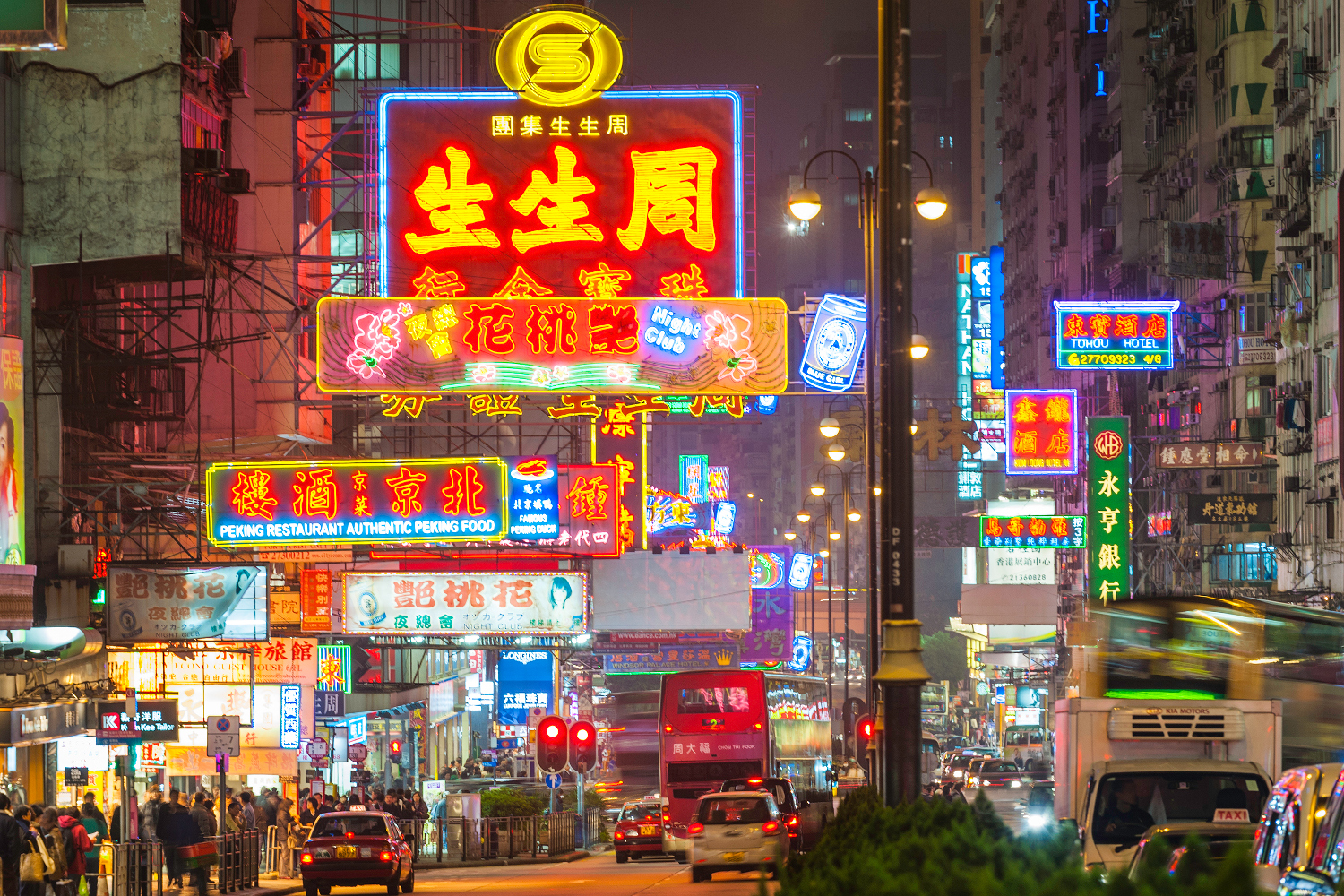“Who said Hong Kong is too small? In size perhaps but not in its soul and personality. Every corner in this city giving you full of surprises, if not every hour but at least every day….” ― Baris Gencel
Some of my favourite cities and towns are Wanaka and Queenstown in New Zealand, Haarlem in the Netherlands, Vancouver in Canada, and my adopted hometowns of Brisbane and London. Each of these places are distinct, with tangible and intangible aspects that vibrant, crowded, and busy Hong Kong can learn from. Yet I’d like to overturn a common stereotype: for all its materialism and obsession with property, prestige, and professional advancement, its cultural philistinism compared to its financial rivals of New York and London, or even its relatively low number of creative societies like writers’ clubs or drama collectives, Hong Kong is far from a barren rock for creative-minded people.
In fact, for a self-described religion journalist, it has been the best place to cover my subject of interest, and therefore an ideal city to work.
The strength of Hong Kong doesn’t necessarily lie in a quantitatively large number of practicing Buddhists. Contrary to Western stereotypes, truly confessional Buddhists who take refuge under a master and belong to a specific sangha are a minority in this city. There are many beautiful temples and monasteries here, and there is plenty to report and comment on locally. Even so, I’ve also had no small number of international Buddhist teachers that have complained to me about the exorbitant rents that make setting up a centre for students extremely hard.
Furthermore, in terms of developing discourses and new ways of thinking about Buddhist Studies and how we understand the evolving faith, Hong Kong actually lags behind and takes cues from a variety of different countries, including China and Taiwan (Humanistic Buddhism and traditional Mahayana teachings), North America, Japan, and countries in Europe (engaged Buddhism, the mindfulness trend, and Buddhist academia).
We certainly have some very influential, locally-based Buddhist leaders here, both monastic and lay. I cover them from time to time. But many other cities can boast of something similar.
Instead of envisioning Hong Kong as particularly strong in a certain aspect, which can devolve into a somewhat unproductive and subjective tit-for-tat comparison with other societies, I see Hong Kong as the Buddhist crossroads of the world, and certainly of Asia and significant portions of the English-speaking West. In other words, whatever its strengths or weaknesses, Hong Kong is a place where Buddhist teachers, meditators, and communities will always have a stopover in, whether for a few days or a few decades. In this way the Buddhist experience matches the more general idea of Hong Kong as a port of sojourn: one that Chinese and foreign-born nationals come to seek their place in the world with an intent to leave sometime, but often end up staying for far longer than they expected, sometimes for life. For example, Clare Hollingworth, the indomitable correspondent who broke the news of Hitler’s invasion of Poland in 1939 and many other scoops, moved to Hong Kong in 1981 and passed away here in 2017. She was 105.
In my time covering Buddhism, I’ve seen Hong Kong host more teachers from more schools than any other city I know. Its proximity to all the traditional Buddhist centres of Asia (particularly Mainland China, Taiwan, the Himalayas, and Southeast Asia) mean that Asian teachers of the Theravada, Mahayana, and Vajrayana traditions find it relatively easy to come here to give teachings, even if the ideal of founding a practice centre in their school’s name remains out of reach. Hong Kong’s connections with the West mean that there is real value in the idea of using the city as a place to survey East Asia as a whole, and to be on the doorstep to Mainland China’s vast Buddhist heartland. Yet in another sense, it is exactly because people see Hong Kong as a place of stopover and transience (even if they keep coming back, like many of my friends in Buddhism and Buddhist Studies) that I’m able to follow all these people back to their home bases, to tell their stories and to connect them with my own base here in Hong Kong.
For me, writing stories in Hong Kong has never simply been to write Hong Kong’s tale alone, but stories of all the Buddhist strands trailing from its shores, from India to Mongolia to France to the United States and many more. Hong Kong culture might be insular in some ways, but it has made me think more globally as a confessional newsperson than even during my time living in London.
Some see the character of Hong Kong as one of impermanence and transience, but this is not simply reflected in how quickly old buildings are torn down (or, nowadays, restored), or how quick people’s lives move. This is the city of sojourning writers, artists, and bodhisattvas, where encounters between individuals here will hopefully be repeated in some other distant place in the world, some other life. And that, paradoxically, is where Hong Kong’s enduring charm lies.


I missed this when it first came out, but I’m glad I came across just now. During this difficult time inHong kong it is good to read something that so well puts into words some of the joy of living here. Thanks.
Thanks Graham! While it is certainly true Hong Kong is in uncharted waters like never before, some of the things that make Hong Kong a fascinating and livable place – infrastructure, natural places, urban quirks and landscapes, and cultural-economic-historical intersections, haven’t changed over these past few difficult months. The problems that have bubbled to the surface, realistically, were always there.
Raymond Lam